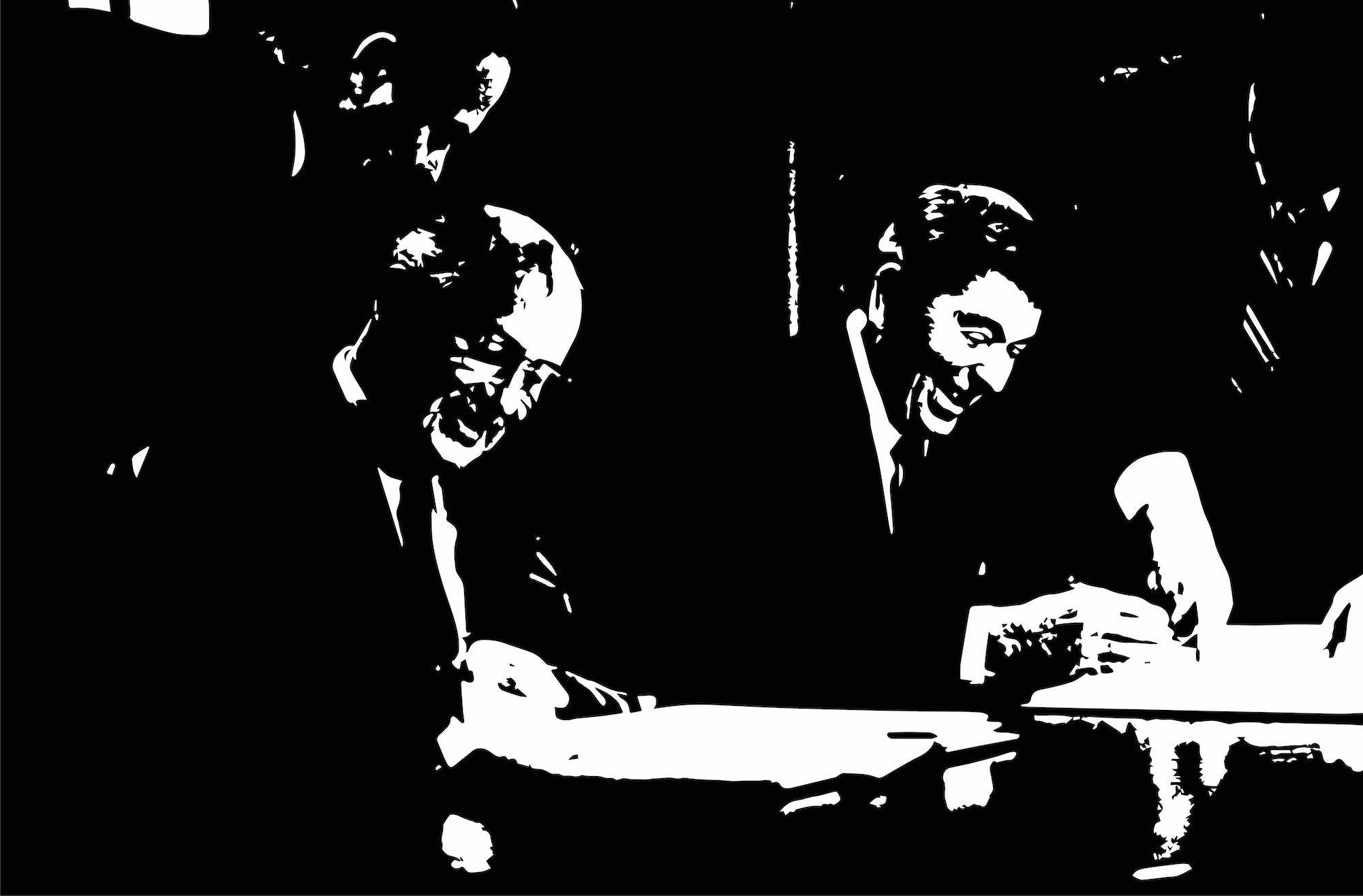On Friday, the United States will complete its withdrawal from the Intermediate-Range Nuclear Forces (INF) Treaty, an agreement that had prohibited the United States and Russia from deploying certain kinds of missiles since 1987. Following on the heels of Donald Trump’s withdrawal from the JCPOA, and his unwillingness to negotiate an extension to New START, the collapse of the INF Treaty is just one more step towards the demise of Cold War-era arms control.
Of course, though the problem started with Trump, the deaths of these agreements will outlast his administration; agreements not negotiated today mean no agreements on arms control tomorrow, opening up the disturbing possibility of renewed arms races. Indeed, a survey of global leaders taken last year at Davos highlighted nuclear war as a key concern.
But figuring out the questions we need to ask may end up being as important as the answers. As a new publication from the Cato Institute highlights, the nuclear challenges of today are substantially different than the ones we faced during the Cold War. In that context, it’s worth asking which of the assumptions we have about nuclear weapons still hold up – and which don’t.
1. Is superpower-style mutually assured destruction the best way to understand the modern nuclear balance?
Not really. Though mutually assured destruction is still the core strategic logic underlying most countries’ nuclear arsenals, the structure of the system is no longer the same. In place of the US and USSR locked in superpower competition, there are a number of key players and a growing sense of rivalry between the US and China. Developments in weapons technology – a move towards tactical nuclear weapons, and to dual-use technologies that can be used for both conventional and nuclear purposes – are challenging strategic stability in new ways. All of which suggests that while mutually assured destruction still exists, the broader strategic situation is more complex than during the Cold War, increasing the possibility of nuclear use.
Though mutually assured destruction is still the core strategic logic underlying most countries’ nuclear arsenals, the structure of the system is no longer the same.
2. Are nuclear weapons useful for something other than deterrence?
Not particularly. Much of the Trump administration’s case for a harder line on Iran and North Korea was premised around the idea that these states could potentially use nuclear weapons to make political or military gains. But while this administration has played up the fear of ‘nuclear blackmail,’ the historical record reveals how difficult it is to use nuclear weapons for coercion. Most states who seek to acquire nuclear weapons want a last-ditch backup to protect their country or ensure regime survival: ironically, as the Nobel Laureate Thomas Schelling once noted, the US invasion of Iraq was actually a key driver of nuclear proliferation by states like North Korea.
3. Is arms control dead?
Not necessarily. John Bolton may be doing his best to kill today’s arms control treaties, but in some ways, it’s questionable how effective many of these treaties were at dealing with modern nuclear realities. Future arms control treaties will be more difficult to negotiate and will need to focus on different things. Where most Cold War treaties tended to focus on numerical caps, for example, that approach isn’t as useful if the United States wants to engage a country like China, which fields a substantially smaller arsenal. Future treaties will likely need to be multilateral, and focus on other topics such as crisis stability, new types of weapons and the importance of information sharing. It will be particularly challenging to negotiate new nonproliferation agreements after the Trump administration’s withdrawal from the Iran nuclear deal. While it will be difficult to negotiate new arms control agreements, though, that doesn’t mean future administrations shouldn’t try; the alternative is too risky.
4. Do we need to maintain our Cold War nuclear arsenal to combat China?
Probably not. The Trump administration’s 2018 Nuclear Posture Review actually suggested increasing spending and adding new types of weapons. But as critics of the review – notably Adam Smith (D-WA), Chairman of the House Armed Services Committee – have pointed out, there are lots of places where the United States could cut our nuclear forces while still maintaining a substantial strategic edge. For example, downsizing the land-based elements of the triad, which are among the most vulnerable and least flexible of our nuclear forces, could save tens or even hundreds of billions of dollars in coming decades.
Of course, while these issues are widely discussed among policy wonks, they don’t get a lot of attention in broader political debates. The Democratic candidates for 2020 have weighed in on nuclear issues to varying degrees, with most of the debate focusing on the narrow and largely academic question of whether the United States should have a ‘no first use’ nuclear policy.
But the broader question of how the United States should approach nuclear issues in coming decades is vitally important. The final collapse of the INF should prompt policymakers and candidates to think more closely about these issues. The Trump administration has smashed the existing arms control order. The next presidential administration – whether it’s two years from now, or six – is going to have to pick up the pieces and figure out how to shape them into something new.




















